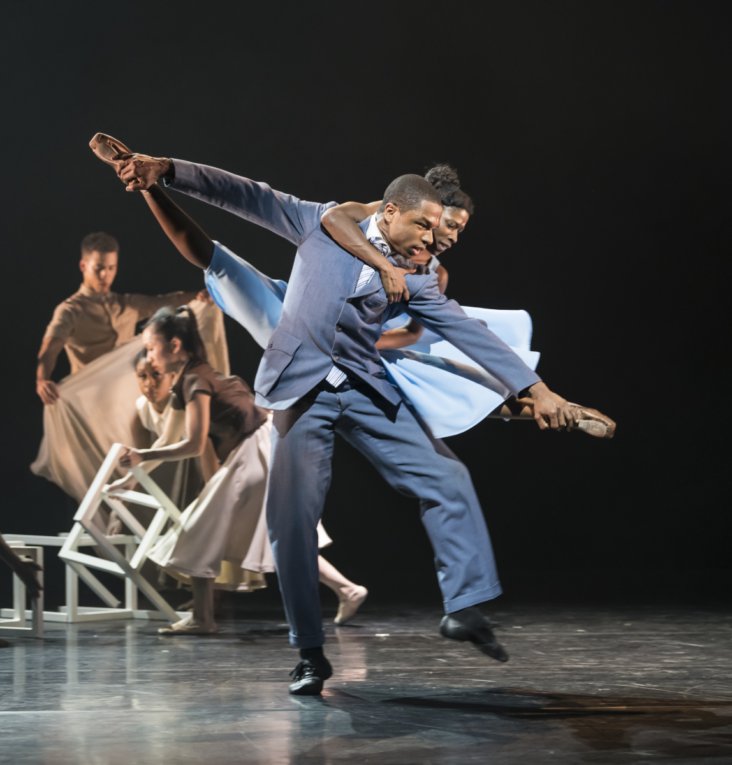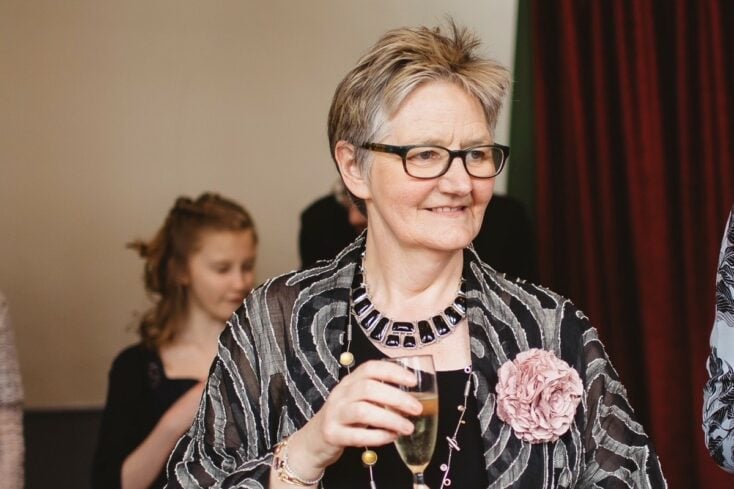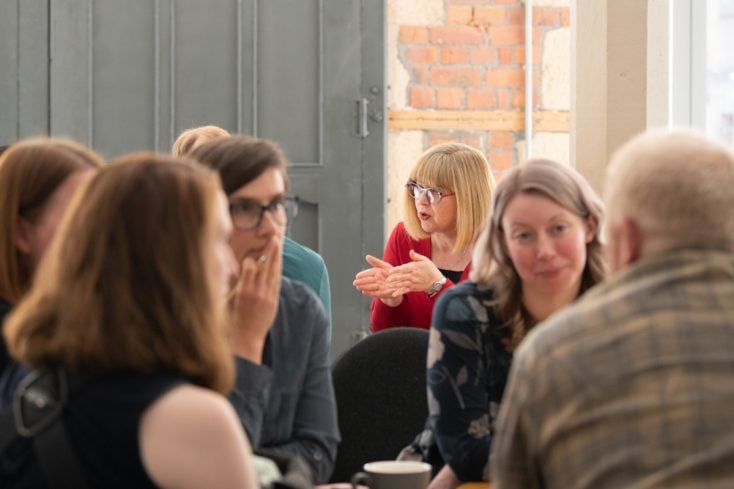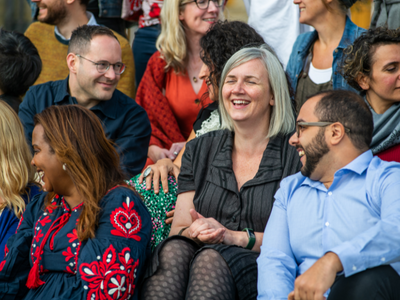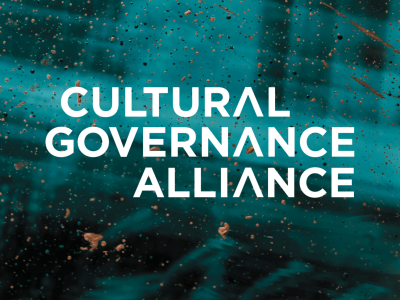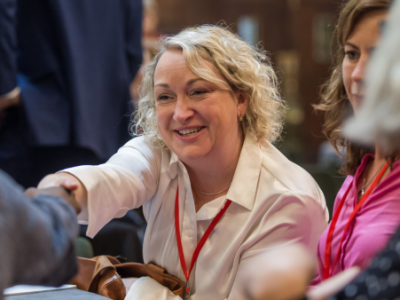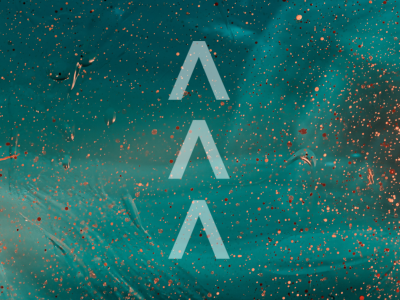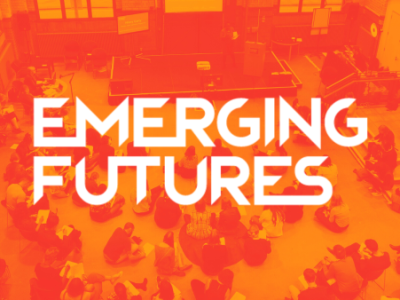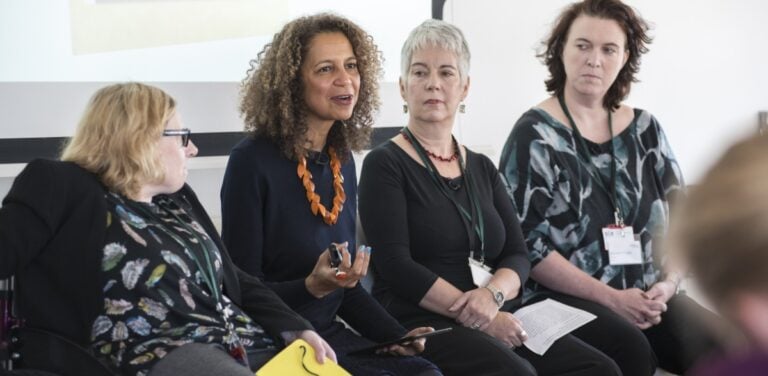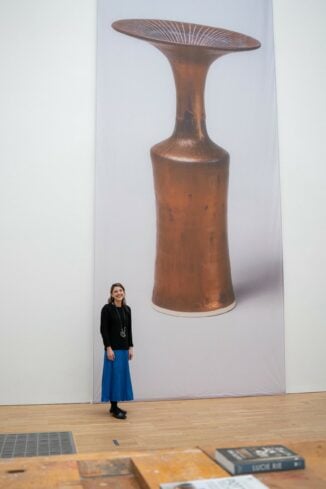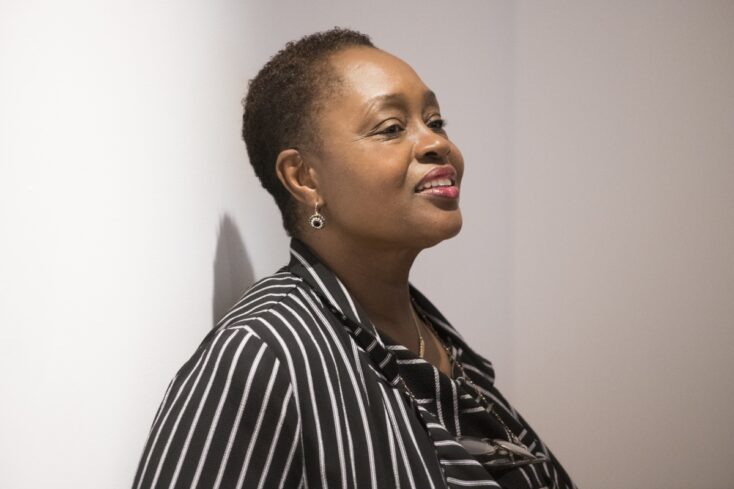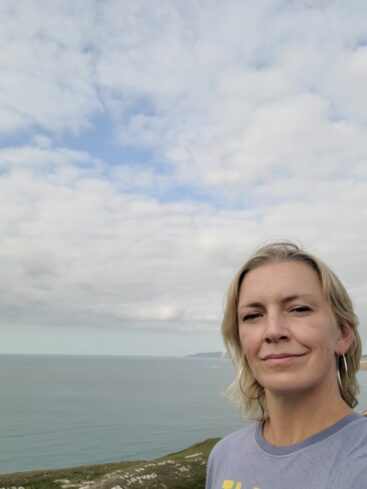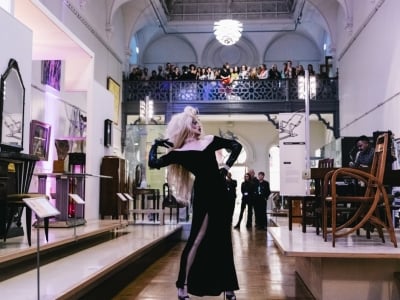Choreographers as Leaders: an Opportunity to be Seized
Cathy Marston, Dance Fellow 2013-14 explores the role of choreographers as leaders and why they are under-represented amongst Directors of large dance companies in the UK.
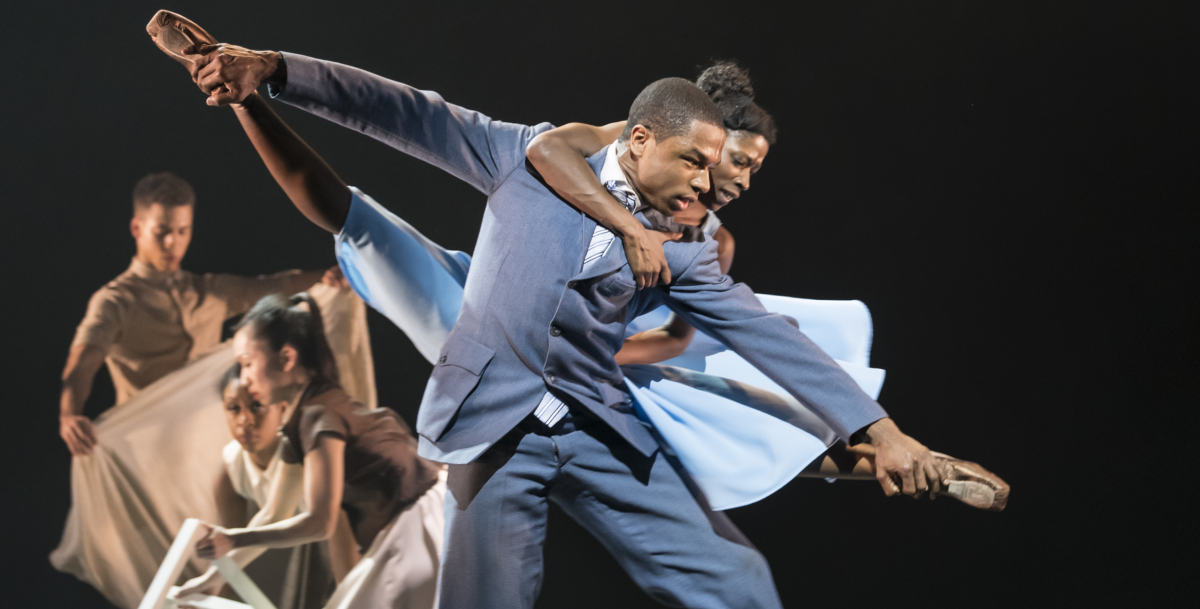
As the cultural economy becomes ever more precarious, those who appoint directors for medium to large scale dance organisations are becoming cautious. Theatre and opera directors often become leaders, regularly producing their own work and also directing the organisation; this now seems less typical in dance. Although many of our long-established companies were once led by creators – Ashton, Macmillan, Bruce, Deane, Eagling to name a few – there is now a trend towards ‘creative producer’ or ‘curator’. Through conversations with colleagues in the cultural sector, I have investigated why the tradition of choreographer-director is dissipating.
Choreographers can be passionate, sensitive and provocative artists; they can also be compelling and entrepreneurial leaders. In this paper, written at the end of my Clore Fellowship, I will discuss how the benefits of an artist-leader can out-weigh the detriments.
Summarising my findings below, I call on funders and boards to become more courageous by appointing active choreographers to leadership roles, and encourage choreographers to take the lead, not only for their own work but for our art-form as a whole. Finally I will conclude with a choreographic metaphor for leadership that I believe will lead the way forwards in dance.
British choreographers like Khan, McGregor and Shechter headline festivals worldwide. These acclaimed dance ‘exportees’, however, normally operate from their own, self-styled, agile structures rather than our mid-large and flagship national companies.
There are 26 dance organisations in Arts Council England’s national portfolio that, while not ‘founder-led’, commission/develop professional choreographers, and whose work is not directed primarily at community dance. Many of the founder-led organisations – for example, Siobhan Davies Dance, whose focus is on one particular artist – do share opportunities with other choreographers; yet the fact that all of these artists have built their own framework from which to work is noteworthy. Active choreographers lead only five of ACE’s established institutions. Each of these is ‘ensemble-based’, but only David Bintley (Birmingham Royal Ballet), Lucy Bennett (Stopgap Dance) and David Nixon (Northern Ballet) have more than one of their own works in their current repertoire at any given time; indeed, Northern Ballet is now refocusing on an increased curatorial approach. None of the ‘dance agency-styled’ organisations has a practising creator as its leader.
This minority of choreographer-directors might imply that the crossover of skills between great artists and leaders has gone unrecognised. However, programmes like the Clore Leadership have given much attention to supporting artists to develop as leaders; many heading our dance houses were once active on stage.
Artists are well equipped to become leaders. They invent and reinvent, innovate, wonder, are emotionally attuned communicators, intuitive, disciplined, lateral thinkers, connectors, decision-makers; they make things happen. ‘Choreography’ itself is open to wider interpretation; the process of creating a dance work can be re-applied in the creation of a board presentation, for example. Identifying oneself as a ‘choreographer’ is far from confined to just ‘making steps’.
Yet to what extent does energy directed at administrative creativity compromise one’s work in the studio? Are artists choosing to change path or are external pressures forcing these re-alignments?
My research has indicated three main arguments that typically oppose the appointment of choreographer-directors:
- Conflict of interest
- Variety = diversity
- Time pressure
‘Conflict of interests’ was cited by Brendan Keaney as a controversial subject a choreographer might face in creating for, as well as directing, his organisation, Dance East. ‘Effectively, you are both selling and buying a product’. With public money under constant scrutiny correct business practice is paramount. However, with the firm foundation of clear and precise contractual arrangements in tandem with sound and transparent governance, surely this can be well managed. Other choreographers have expressed concern about being seen to take too many of the scarce ‘new creations slots’ for themselves. Yet it is the job of the director to be the artistic compass for the organisation and in this case they can literally ‘show’ the way. Ultimately, an authentic vision is born from one mind; the ‘conflict’ that occurs in that single mind as it reconciles ‘vision’ with ‘circumstance’ invariably results in creative solutions that might never have been impelled had the various perspectives not been acutely felt by one person.
The second argument is ‘variety promotes diversity’. This chimes well on paper as dance works ever harder to broaden its reach and relevance. Rambert was choreographer-led for many years by Robert North, Richard Alston, and then Christopher Bruce. Mark Baldwin’s idea when appointed Artistic Director, that any choreographer, himself included, should not be featured more than once in the repertoire at any time, aligned with ACE and the Board’s desire to shift focus towards a more kaleidoscopic approach.
A well-selected menu of ‘dance tapas’ is often considered the key to filling an auditorium – particularly ‘outside London’ – but is all of our potential audience the snack-consuming mass we imagine? Is there really no interest in joining particular artists’ journeys or becoming deeply acquainted with their language, influences and ideas? The ‘crowded market’ in London is often discussed, and with no particular choreographic voice, how does a company stand out?
Moreover, Martin Schlaepfter, Director/Choreographer of Ballet am Rhein, pointed out that the choreographers who have ‘made the most difference’ have all led companies. Their artistic output and varied leadership styles have allowed their organisations a unique identity and shaped the dance landscape that we see today.
Balanchine, Bejart, Neumeier, Forsythe, Kylian, Ek and De Keersmaker, were/are great creator-leaders, fostering many of the next generation in their ‘artistic homes’. While a cohort of ‘clones’ isn’t desirable, periods of intense interaction, in which young artists take or rebel from a strong influence, are the foundation of our rich cultural legacy. Ultimately, therefore, will anyone benefit from a blinkered adoption of ‘variety’, if consequently companies shy away from such relationships?
Perhaps the most commonly lamented difficulty for choreographer-directors is ‘lack of time’; there is always more to be done. I have sensed feelings from non-creators that ‘work’ is done at a desk and the rest is ‘play’; that choreographers ‘disappear’ into the studio leaving a void in the ‘director’s position’ – especially when they choreograph for other organisations; that the dancers need a director who is always available to them. Others complain that choreographers do not take time to understand fiscal responsibilities (although conversely, others grumble that they ‘interfere’ in non-dance issues). Many of these issues are contradictory, and linked to individual experiences, yet they snowball into a critical mass of unease.
Someone who is active on several boards told me that directors – even if they are choreographers – should not create themselves. After consideration, she allowed that a compromise might be reached – implying a choreographic slot would be a ‘bonus’.
I would argue that a director is normally more aware of context than a guest choreographer: they choreograph quickly to give time to extra projects, work with under-used company members, and with strategic themes/collaborations. Their choreography is therefore a mutual bonus. None of the choreographers I spoke to begrudged making compromises in return for the relative creative freedom, autonomy and ability to chart their own artistic pathways in the longer term.
In terms of the ‘vacant director’s chair’ there is also another perspective: when artist-leaders create elsewhere they are ‘empowering’ staff rather than ‘abandoning’ them. Moreover, better dancers want to audition, tour agents become interested, new approaches feed into work practices, not to mention their own artistic development naturally benefiting the company’s repertoire. Choreographer-directors acknowledge the challenge of stepping out of the studio into the office during lunch break, but agree it is a necessity they are happy to bear for the satisfaction of shaping their own artistic development as well as that of the company and the environment in which it grows. A dance organisation is the work of a team; this should be about reinforcing the talents of individuals rather than forcing them into standard templates. If we acknowledge that artists can make good leaders, why not look at how their skills can best be brought into play, rather than asking them to pretend to be someone else?
Notwithstanding these arguments however, there are many choreographers who grow disenchanted by spreading themselves too widely:
Jamie Watton, Director of Dance South East, continued choreographing abroad whilst a full-time employee working in the administration of the UK arts sector; however, he was keen to demonstrate impartiality, distancing his artistic and management positions. He spoke of his choreographic voice becoming ‘blunt’ through lack of practice, and, excited by the creative demands of leading an organisation, was comfortable with letting choreography go.
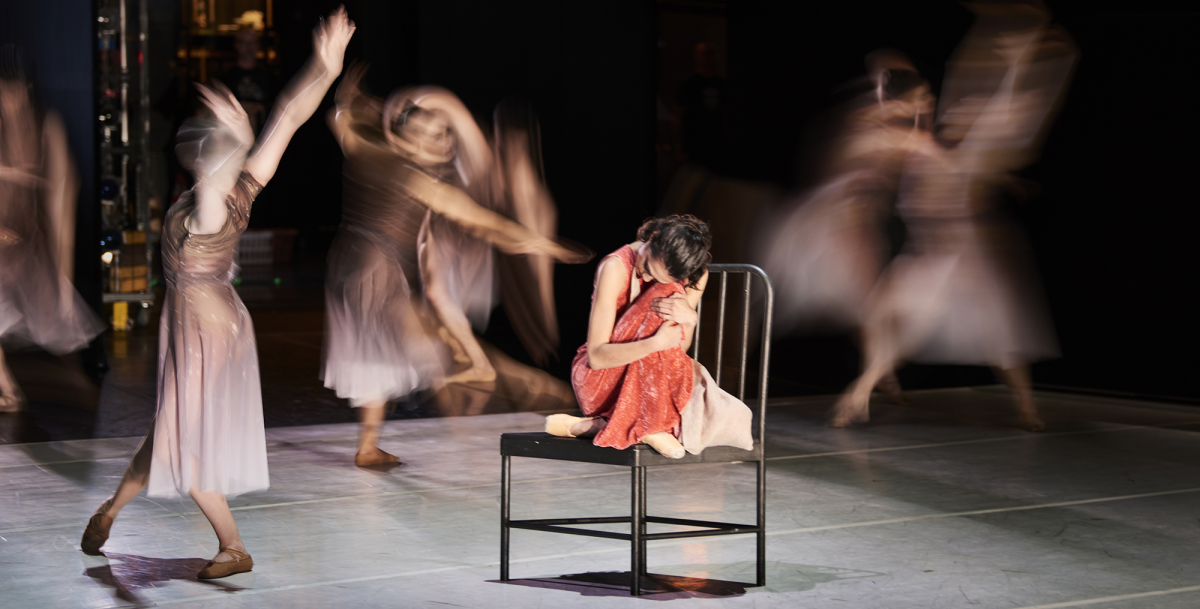
These choreographers and others have also spoken about the importance of ‘communication’. The pressure now put upon choreographers to self-promote their work is immense. Perhaps our ‘wordless’ art form expounds the discomfort inherent in choreographer-directors having to articulate their vision to laymen as well as to artistic teams, requiring emotional and intellectual objectivity to acknowledge the opinion of others, yet remain true to themselves. Yet dance, unlike some art forms, is composed from scratch and is highly personal to its creator. Monica Mason spoke of Kenneth Macmillan’s difficulties in hearing criticism from his board. She also suggested the repercussions of critical press are far more significant when they are related to the work of a director, rather than a guest-choreographer.
Perhaps we are not acknowledging that communication is not only achieved through the language of a PR or politician. In ‘Capturing Cultural Value’, John Holden asserts that while we have learnt to convey the ‘instrumental value’ of art, in terms of the economy, education and other political priorities, ‘cultural organisations have lost the ability to describe their real purpose – producing good work that enriches people’s lives.’ To communicate authentically the intrinsic value of art, found in emotional connection, who better than creators themselves? Their life’s work concerns transforming vision to expression, building relationships with and within their audience, sharing their deepest emotions and vulnerability; as more than one choreographer-director phrased it – ‘putting their own head on the block’.
‘Sharing’ and ‘vulnerability’ are key: ‘Sharing’, implying common experience and bonding, is an experience without which our art form would be defunct. Huge numbers follow a particular individual’s channel on Youtube or Spotify; audiences are rapt when a particular artist curates a festival like Meltdown, or broadcasts their ‘desert island discs’. This ‘personalised’ programming is different from the faceless ‘house style’ on which institutions have conventionally built their reputation. It is exciting to gain access into someone’s inner world, and draws on a magnetic exposure and vulnerability of the ‘sharer’.
‘Vulnerability’ is described by Dr Brene Brown as the ‘heartbeat of innovation and creativity; the combination of uncertainty, risk and emotional exposure’ that’s compelling in others and uncomfortable in yourself. It’s in the blood of both artist and entrepreneur. As digital technology signifies remote relationships we paradoxically seek increased intimacy. It is no coincidence that Kaspar Holten and David Pountey, both artistic and leadership trailblazers in opera, write blogs, tweets, and letters to their audiences in their own name rather than through the traditional filter of their ‘PR department’. We live in a world where artists can – and must – have their own voice.
Many of the choreographer-directors I spoke to work outside the UK. In Germany, approximately 85% of the institutional dance companies are directed by a choreographer. Unlike the UK’s London-centric cultural provision, in Germany many mid-scale companies are based in city theatres. A further investigation might discover connections between levels of public commitment for dance and proximity to a resident company/choreographer.
Phoenix Dance Theatre is one of the UK’s dance companies that thrives outside the capital; despite its foundation as a touring company, it now has an increasing presence at its base in Leeds thanks to its new studio theatre, thus making it somewhat comparable to an ensemble based in a medium-sized German city. The Director, Sharon Watson, talked about a pattern emerging in their seasons at West Yorkshire Playhouse (Leeds); although as yet not evidence based, it implies a surge in attendance when her choreography is part of the programme, currently once every other year. A ‘local girl’, she is a popular and recognised dance figure in the city; if investigations prove the indications sound, she – and perhaps others – might want to look deeper at how to maximize the signified potential in a house-choreographer boldly allowing their own creative voice to set the tone of their leadership. As Director-Choreographer of Bern Ballett, Switzerland, I realised that the opportunities to represent my vision through dance as well as words were enormously valuable; I could communicate directly but on a different level – to hearts as well as minds.
Not every artist is inclined to lead, and it would clearly be wrong to exclude non-choreographers from taking our art form forwards. For example, dramaturge Adophe Binder’s Gothenburg Ballet shimmers with her insightful combination of works and artists. The purpose of this provocation was not to pit ‘choreographer’ against ‘curator’ but rather to encourage the exercise of courage, trust and strength. Running any dance organisation requires teamwork, the orchestration of which is intricate and individual. I believe mutual understanding, respect and confidence are critical to success, and achieving this can require considerable altruistic resolve. Imagining this in ‘dance language’, our organisations and roles should not be reflected in a static ‘overhead-lift’ where ‘beauty’ is supported by ‘muscle’. I would rather create a transforming structure of ‘counter-balance’ – a contemporary partnership founded on sensitivity, trust, and shared responsibility.
Themes Alumni Journeys Sector Insights
